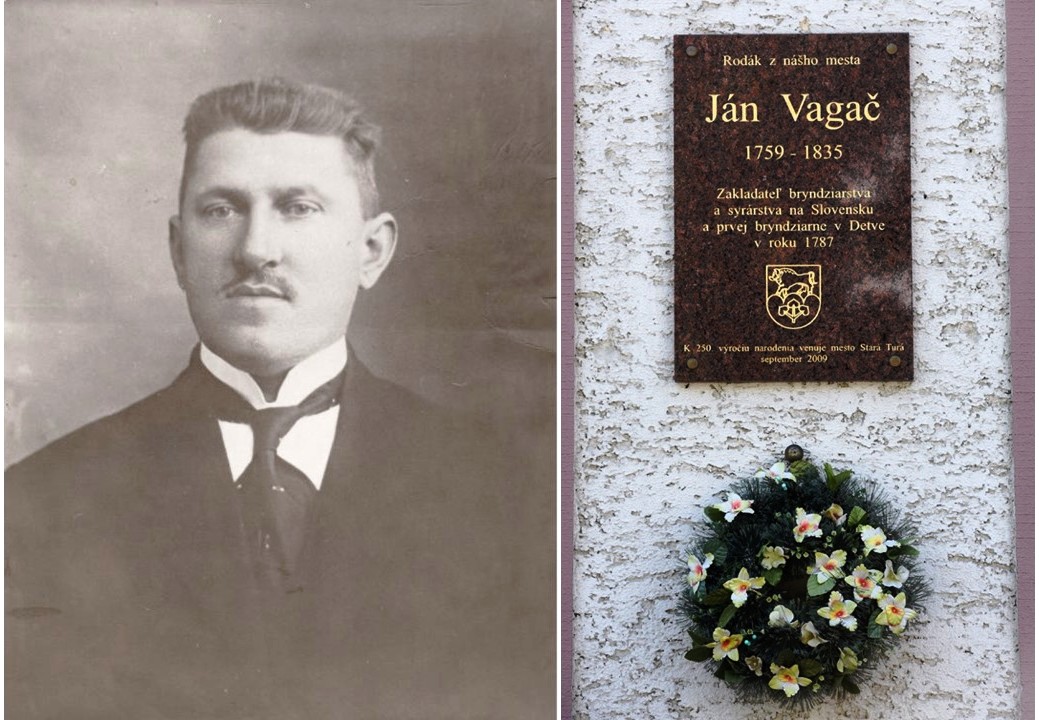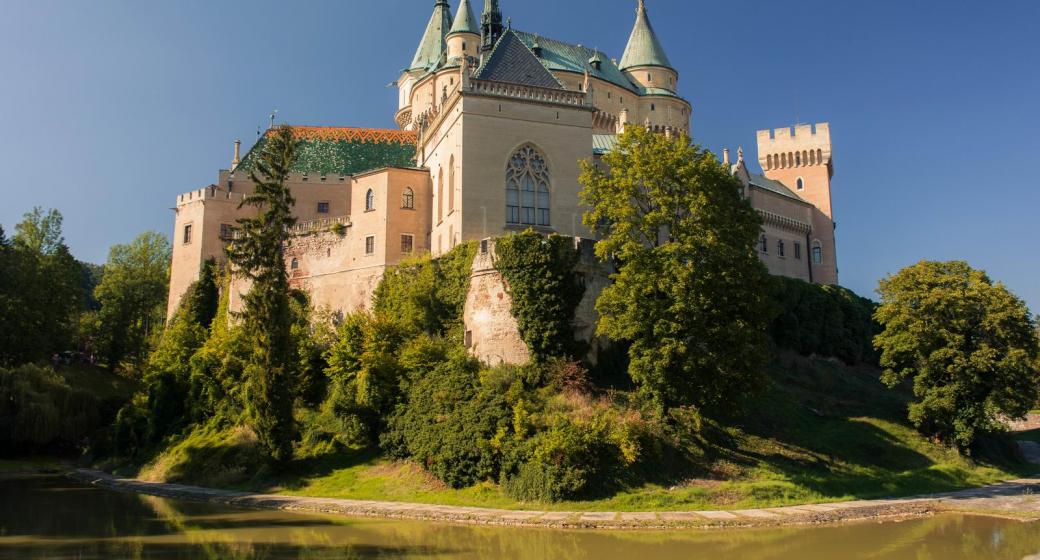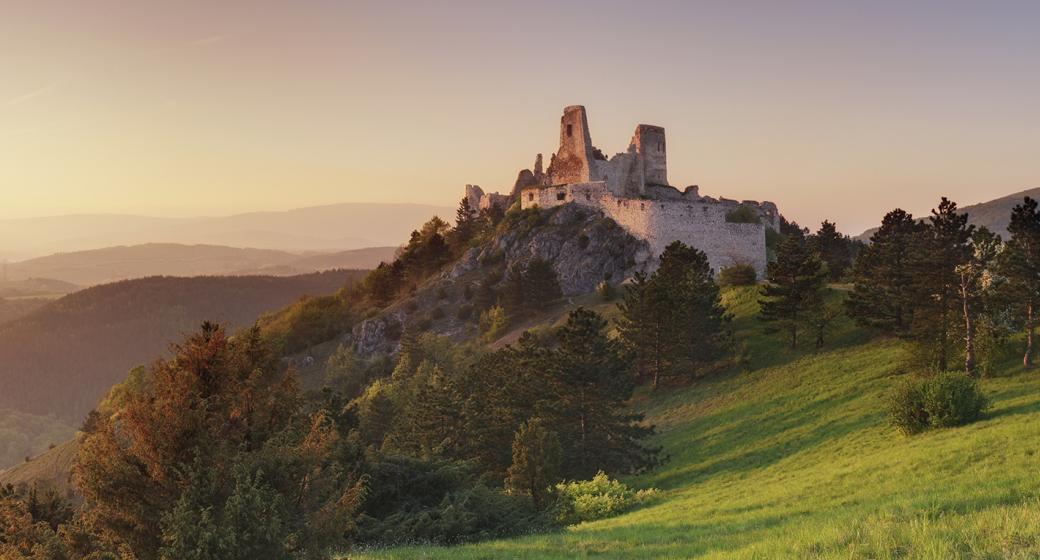


He is the pride of the Staroturans. To this day, he values him as a famous native as a magician, even though he was "only" a butcher. It was he who at the end of the 18th century wondered how to make a real breeze from the sheep's lumps. The product not only with Slovak roots, but also with an official seal recognized by Europe.
Despite the tooth of time, he was able to take his life's way. The natives of the Old Turk are sorry that the house where they were born has not yet been identified. Even the exact place of his last rest is not known, although his family is still in the Na dráhach cemetery. Ján Vagač - the first father of Slovak bryndza and the founder of the first, oldest bryndzarne in Slovakia (1787), in Detve.
In the past issue of our magazine, we lit up on the bryndza. Based on its origin, parameters, composition, beneficial effects and we also visited the hut where the bryndza is born today. Frankly, we did not expect such feedback. That's a good sign. Bryndza is not a daily part of our diet as it used to be, but on the other hand we re-discover its identity, we value it because it is ours. Let's go back to the beginning of the story of bryndza. In history.
Surprise from Detva
"Do not forget to stop in Old Trash when you write about bryndza. There was a man here who started it all, "Mayor Anna Halinar said in the phone and held important contacts. Soon we're sitting in the office with her deputy. Zuzana Zigová has clippings, books, photographs, documents on the same topic.
"In 2009, 250 years of Ján Vagač's birth took place. The town cultural center was preparing for the anniversary and I was then its director ... The MPs agreed to the production and installation of a memorial board dedicated to Jan Vagach directly at the entrance to the city office. It was a dignified memory of a cultural program, a cross-section of history and a surprise. Besides the Bryndzarski fach experts, the invitation was also accepted by the official Delegation of the City of Detva. It was a great gesture that Ján Vagač transferred his art right there. He founded the first and successful bryndzirn, the production of cheese and the continued production of the Vagachov family for another fifty years, "Zuzana Zigova reminded.
The link between John Vagač and his followers remained permanently under Poľana. "Three Firs" - a symbol of high-quality cheeses - gained a reputation as well as being in the Detva coat of arms. "Staroturania did not forget about the big bryndzir, especially the elders. For example, the local publicist and writer Gustav Rumánek published the publication Bryndziarske pastoral and published his publication with his wife Elena of the very personality of Ján Vagač. He still comes with a lot of inspiration, incentives, because according to his words - history and the people who made it, we have to pay tribute, "added Zuzana Zigová.
Back to Vagac
He was born in 1735. He was a male butcher, later opened the butchery in Old Turkey. He fired with butter, cheese and cattle. A lifetime credo "With honesty go farthest", supported by conscience and honesty, he interpreted his son John shortly before death.
Ján Vagač's business wandering at the beginning of business often went to Central Slovakia. He also bought cattle in Detve. Sometimes he was sleeping in his surroundings in the chalets. He knew the bastards, their hard work and the sheep cheese they had offered him. He was surprised and brought some loaves home. The cheese tasted, but he did not last long, was not durable, He knew from the roads that Valas made cheese from bryndza. So he started with the attempts too. The loaves were dried up, overwhelmed, poured, salt until it had a taste similar to that of Wallachian. When afterwards traders from Old Turkey offered rich boiled butter to Slovakia, they also left Vagačova bryndza on the stall. The newly-discovered bryndza production technology was successful and in 1787 it began to be produced in larger quantities - in the detvian manufactory.
The golden times
Initially, it was only produced in the summer when the sheep drank. In the winter, Vagač moved to Starej Turej. He took the stock of bryndza, salted it in a cold cellar, and sent it to the shops in winter with wooden gems. They tampered it and sold it. It got the name "shadow". The first production was labor, very tedious. After the descendants of John Vagac, the cheese was ground on gas and electric mills.
Shortly after the founding of bryndzarne in Detve, another one was created in Slovakia. They were founded by the enterprising inhabitants of Stare Turej - Molec, Wallo, Valovič and others. The biggest flowering of the Detvian bryndzarne came with the owner of Alexander Vagac. By that time, the Vagabonds had lived alternately in Detve and in Old Turkey. Alexander Vagač settled under Polana permanently. Production has expanded on the production of loaf and cheese cheeses.
War times also affected the Vagabonds, the owner bryndziarne enlisted and exemplarily led by his wife Antony until 1918. After the war the factory flourished, the reputation of Vagačova bryndza grew. For example, in 1931, they exported more than 20 wagons to foreigners, and they also took on loaf and delicious cheeses. They recognized them all over Europe.
Ján Vagač died in 1935. Peaceful and with a well done work. You have filled your dream. Bryndza went to the world, and to the poor shelters of the shepherds. Rod Vagačov's legacy was six generations, over 150 years old. It was definitely crushed by the year 1948, when the bribes in Detve were nationalized.
Red, archive of Stará Turá

HISTÓRIA. Prvá písomná zmienka o existencii hradu je z roku 1113 v listine zoborského…

Malebná zrúcanina viditeľná už z diaľky na vápencovo-dolomitickom kopci poskytujúca…